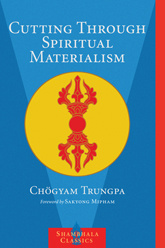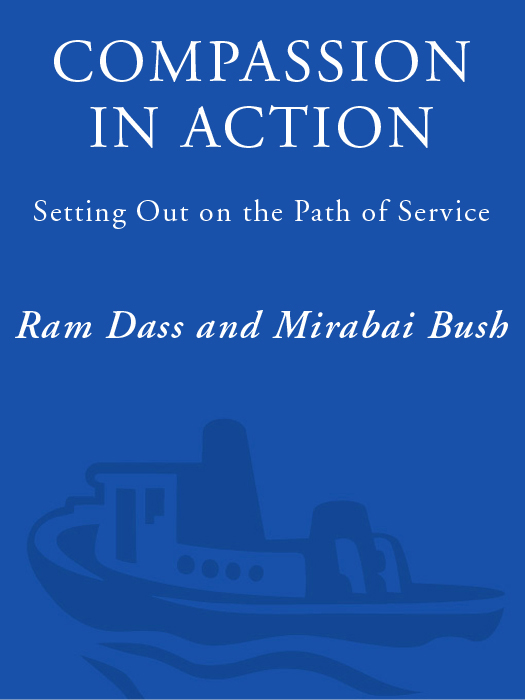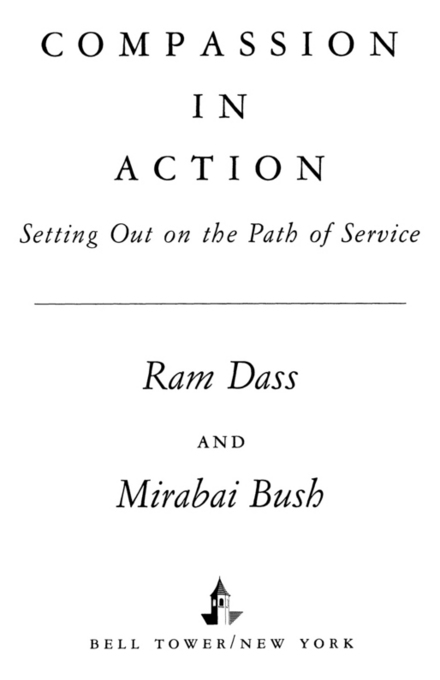Also by Ram Dass
BE HERE NOW (1971)
THE ONLY DANCE THERE IS (1974)
GRIST FOR THE MILL (with Stephen Levine, 1977)
JOURNEY OF AWAKENING (1978)
MIRACLE OF LOVE (1979)
HOW CAN I HELP? (with Paul Gorman, 1985)
Excerpt from Tao Te Ching by Stephen Mitchell Copyright 1988 by Stephen Mitchell Reprinted by permission of HarperCollins Publishers
Copyright 1992 by Ram Dass and Mirabai Bush
All rights reserved No part of this book may be reproduced or transmitted in any form or by any means, electronic or mechanical, including photocopying, recording, or by any information storage and retrieval system, without permission in writing from the publisher
Published by Bell Tower, an imprint of Harmony Books, a division of Crown Publishers, Inc, 201 East 50th Street, New York, New York 10022 Member of the Crown Publishing Group
Originally published by Bell Tower, an imprint of Harmony Books, a division of Crown Publishers, Inc, in 1992
Random House, Inc New York, Toronto, London, Sydney, Auckland
www.randomhouse.com
BELL TOWER and colophon are trademarks of Crown Publishers, Inc
Library of Congress Cataloging-in-Publication Data
Dass, Ram
Compassion in action : setting out on the path of service / by Ram Dass and Mirabai Bush
1 Altruism 2 Voluntarism 3 Spiritual life 4 Ram Dass I Bush, Mirabai, 1939 II Title
BF637 H4R35 1992 158 3dc20 91-20223
eISBN: 978-0-307-78621-0
v3.1
For Neem Karoli Baba
who is compassion in action
Contents
Acknowledgments
I n a book celebrating the interconnection of all life in all times and places, it is hard to know where to start the acknowledgments and where to stop. But there are a few people who contributed so directly to these pages that we want to mention them here.
The family that is Seva Foundation infused the book with its spirit. Through their lives and their work, many of our friends in Seva suggested the themes that the book develops, and many passionate discussions among us opened up the central questions asked here. Paul Gorman, coauthor with Ram Dass of How Can I Help?, was the books godfather, blessing it with encouragement, advice, and humor. Dr. T. Stephen Jones of the Centers for Disease Control provided the latest information on AIDS. Sharon Salzberg of Insight Meditation Society, with whom we have done the Buddhist metta meditation for twenty years, shared her insight into the qualities of loving-kindness, compassion, and generosity.
Coming to know the Mayan people of Guatemala, where Seva is working in grass-roots development, has deepened our appreciation of the power of community and the possibility of change in the face of incredible odds. We thank Jahanara Romney for first taking us there; Sunanda Markus, Frank Taylor, and Carsta Neuenroth for bringing their hearts and minds so fully to the work; and Don Vicente Gabriel for embodying the spirit of the campesino.
The many people interviewed for the book helped form the ideas and inspired us with their frontline embodiment of compassionate action. Although not everyone is mentioned by name in the text, every one contributed something; among those who helped in special ways not mentioned elsewhere were Ravi Khanna, Steve Schwartz, Nan Seamans, Willie Brown, Johnnie May Baylis, Frieda Garcia, Marjorie Bayes, and Nancy Schwoyer.
Loving friends and fierce criticsOwen Bush, Rayner Ramirez, Erik Lerner, Dan and Tara Goleman, Jai Lakshman, Sunanda Markus, Peter Heil, Joseph Goldstein, Larry Brilliant, and Kedar Harrisall read parts of the book in early stages and gave honest responses that resulted in helpful revision. Marlene Roeder typed, transcribed, faxed, Fed-Exed, and was always there when we needed her.
And our deepest thanks to E. J. Lynch, who loved us, fed us, and shared his comforting common sense. And to Toinette Lippe, our editor, who encouraged us throughout this project, kept our shoulders to the wheel, and helped us wrap what at times looked like two separate books into a unified whole.
Preface
T his book is for those of us who feel called to reduce the suffering that surrounds us on the planet and who also feel that the deepest responsibility of each of us is to become more fully who we are, to live closer to the truth. It is part of a tradition that says that the two happen simultaneously, that each nourishes the other. It is about the interdependence of social and spiritual development, in the sense of de-enveloping, or uncovering and revealing the truth within suffering, the world, and ourselves.
In 1985, Ram Dass and Paul Gorman published How Can I Help?, which explored the nature of conscious service and the challenges posed by the present conditions. That book examined what sustains us in our work, how attachment to concepts such as giver and receiver keeps us in helping prison, and how our service is involved in the process of healing in the broadest sense. The incredible response it evoked led to another questionhow do we begin to act compassionately for change? What are the first steps toward the conscious relief of suffering? Especially, how do we begin those actions for change that may not happen naturally and spontaneously, the kind that stretch the arms reach, may take thought and effort to begin, and may involve people we dont already know but for whom our hearts are hurting.
We are searching for a way of acting for social change in the world that is compatible with, in fact contributes to, psychological, intellectual, and spiritual growth, and acknowledges that, as Gandhi said, our life is our message. We are exploring what the Dalai Lama calls selfish altruism: compassionate action is not done for othersit is done with others, for ourselves, because we can no longer avoid it. It helps fulfill our lives.
As we explored the issues that arose, we thought that an autobiographical reflection by Ram Dass might provide a familiar entrance into what is for many of us a new arena. We recognized, of course, that each of our lives unfolds in its own way, but we felt that one persons journey could remind others that the development of compassionate action is a continual process, one of discovering ever new questions rather than answers. This narrative is followed by a reflection on the nature of service as a spiritual practice, the path of action. To help that process begin, to get us actually onto the road, we have added some first steps: thoughts and encouragement for entering the world of service, stories and quotations from many people already there, and resources and suggestions on where to begin.
Both working in the world and preparing this book have reminded us once again that words are barely fingers pointing at the moon, that all concepts hide the truth, and that the map is not the territory. But limited as these words are, may they inspire us to walk the path, learn the lessons, and work together with love.
CALLED
BY
COMPASSION
Ram Dass and Mirabai Bush
C ompassion in action is paradoxical and mysterious. It is absolute yet continually changing. It accepts that everything is happening exactly as it should, and it works with a full-hearted commitment to change. It sets goals but knows that the process is all there is. It is joyful in the midst of suffering and hopeful in the face of overwhelming odds. It is simple in a world of complexity and confusion. It is done for others, but it nurtures the self. It shields in order to be strong. It intends to eliminate suffering, knowing that suffering is limitless. It is action arising from emptiness.




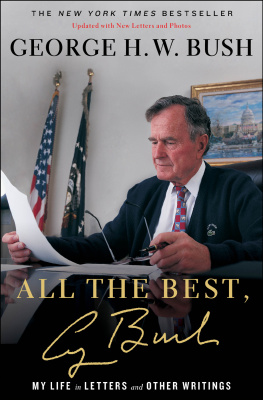
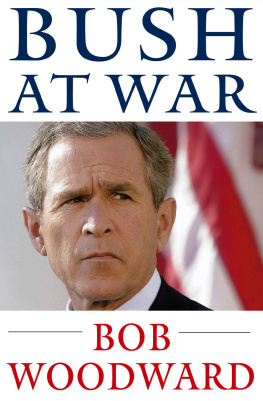

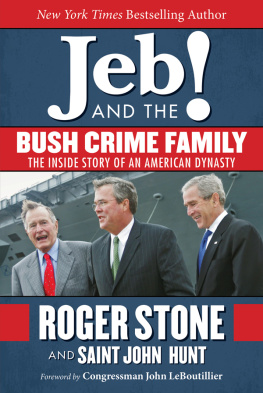
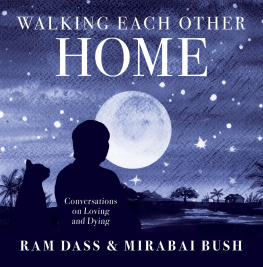
![Rameshwar Dass - Be love now : [the path of the heart]](/uploads/posts/book/113959/thumbs/rameshwar-dass-be-love-now-the-path-of-the.jpg)

